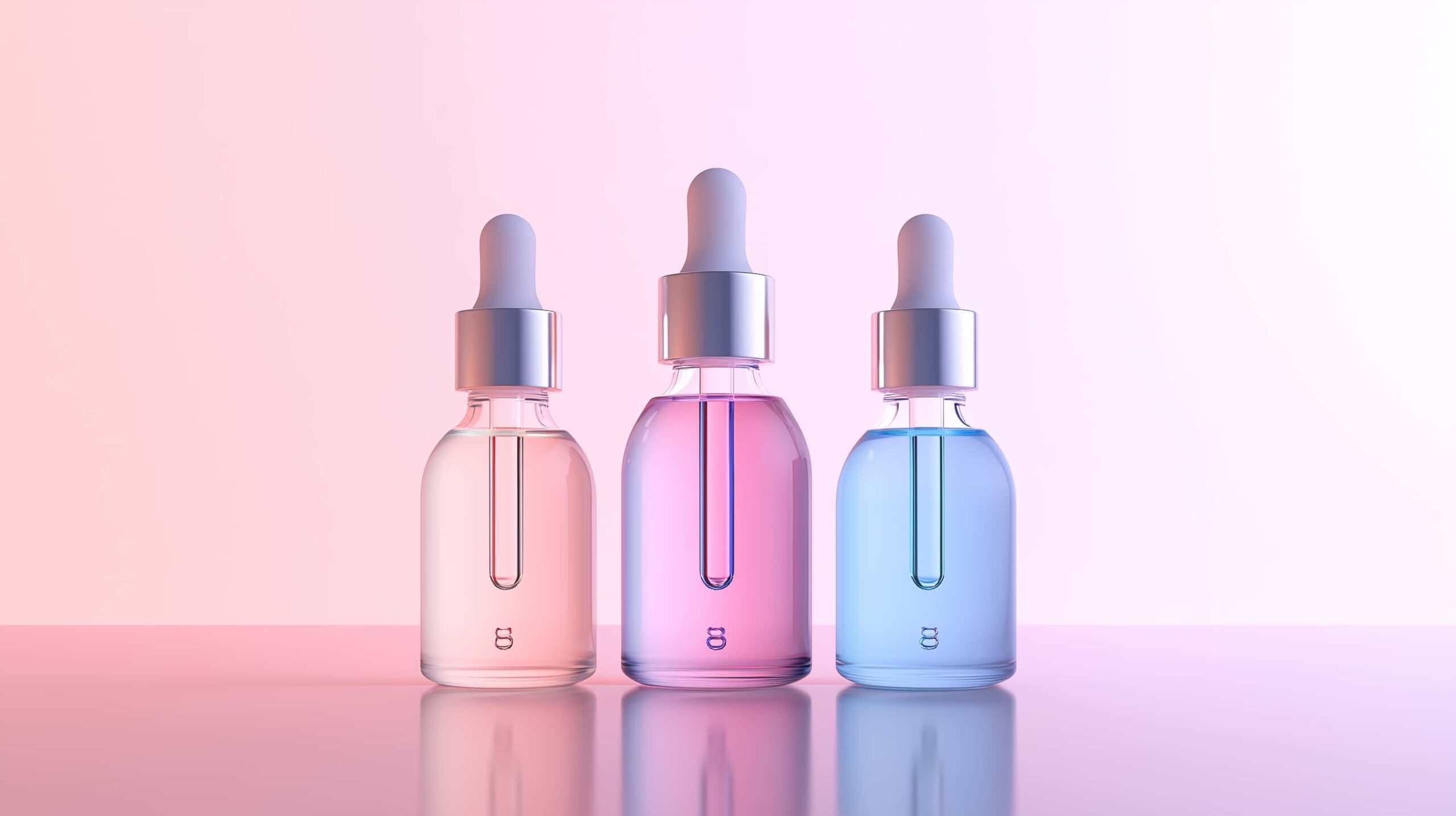Retinol Side Effects: Separating Fear from Fact
Retinol is celebrated as a powerhouse ingredient in skincare—but its reputation is often clouded by fear and misinformation. In this article, you’ll discover the truth behind retinol side effects as we separate fact from fiction. If you’ve been hesitant to try retinol due to alarming stories or conflicting advice, you’re in the right place. We’re here to help you understand how retinol works, what side effects you might actually experience, and how to use it safely to reap its benefits. With a friendly and persuasive tone, this guide will empower you with science-backed insights, practical tips, and expert advice so that you can confidently incorporate retinol into your skincare routine. Let’s dive in and clear up the confusion once and for all.
The Problem: Fear and Misconceptions About Retinol
You may have come across headlines warning about severe side effects of retinol—redness, peeling, and even long-term damage. Such stories can be downright intimidating, especially when you’re just starting out with skincare or considering stepping up your routine. The truth is, many of these claims are exaggerated or taken out of context. Social media, beauty blogs, and even word-of-mouth can amplify isolated incidents, leaving you with a skewed perspective of what retinol can do.
It’s natural to feel cautious when faced with potential risks, particularly if you have sensitive skin or are new to active ingredients. However, understanding the root of these fears is the first step toward making an informed decision. Many misconceptions arise from misusing the product—such as applying too much too soon or combining it with incompatible ingredients—rather than from inherent dangers of retinol itself.
In reality, retinol is one of the most researched and effective ingredients for improving skin texture, reducing fine lines, and boosting collagen production. Its side effects are often mild and manageable if you follow proper guidelines. In this section, we’ll explore why these myths persist and how misinformation can lead you astray from a product that might actually transform your skincare routine. By dispelling these myths, you’ll be better equipped to decide whether retinol is right for you, and if so, how to integrate it into your regimen safely and effectively.
The Science Behind Retinol
Understanding the science behind retinol can transform your apprehension into confidence. This section breaks down what retinol is, how it works on your skin, and why some side effects occur. We’ll explore its role in boosting cell turnover and collagen production, as well as discuss the typical responses your skin might have.
How Retinol Works
Retinol, a derivative of vitamin A, is celebrated for its ability to stimulate cell turnover. When you apply retinol to your skin, it penetrates deep into the epidermis and signals your cells to shed old, dead skin cells. This process not only reveals fresher, more vibrant skin but also helps reduce fine lines and wrinkles. Additionally, retinol boosts collagen production—a protein that gives your skin its structure and firmness. Think of it as a gentle wake-up call for your skin cells, encouraging them to repair and regenerate.
This enhanced cell turnover means that over time, your skin becomes smoother and more even-toned. The improvement is gradual, which is why it’s important to use retinol consistently. With proper use, you’ll notice that your skin’s texture improves, and signs of aging become less apparent. Remember, the key here is patience and consistency, as the benefits of retinol build up over time
Understanding Common Side Effects
While retinol offers significant benefits, it can also cause side effects—especially when you first start using it. Common reactions include dryness, mild redness, and peeling. These effects occur because retinol accelerates cell turnover, which can leave your skin temporarily more sensitive as it adjusts. Think of it as a gentle “reset” period for your skin. For most, these side effects are mild and subside as your skin becomes accustomed to the active ingredient.
It’s also important to note that not everyone experiences these side effects, and their severity can depend on your skin type and how you introduce retinol into your routine. For example, individuals with sensitive skin might notice a bit more irritation initially. However, by starting with a lower concentration and gradually increasing use, you can minimize these reactions. In essence, while the initial discomfort can be off-putting, it’s usually a sign that the retinol is doing its job—stimulating renewal and preparing your skin for long-term benefits.
Separating Fact from Fiction: Retinol Side Effects Demystified
Now that you know how retinol works and why some side effects occur, let’s tackle the myths head-on. It’s time to compare the exaggerated fears with what you can actually expect when using retinol correctly.
Myth 1: Retinol Causes Permanent Skin Damage
Fact: When used as directed, retinol is safe and has been clinically proven to improve skin texture over time. Temporary side effects like redness and peeling are common and usually subside with continued use.
Myth 2: Retinol is Only for Mature Skin
Fact: Retinol benefits a variety of skin types and ages. It can help with acne, uneven skin tone, and early signs of aging, making it a versatile addition to many skincare routines.
Myth 3: All Retinol Products Are the Same
Fact: The formulation, concentration, and delivery method matter greatly. High-quality products are designed to minimize irritation while maximizing benefits.
Myth 4: You Should See Overnight Results
Fact: Real transformation takes time. Most users need several weeks to notice significant improvements as the skin slowly adjusts and repairs itself.
By comparing these myths and facts side-by-side, you can see that many of the fears surrounding retinol are based on misuse or isolated incidents. The key is to introduce retinol gradually, follow proper skincare protocols, and use complementary products to soothe and protect your skin. This balanced approach will allow you to enjoy retinol’s powerful benefits without undue worry.
Tips for Safely Using Retinol
Incorporating retinol into your skincare routine doesn’t have to be daunting. Here are some actionable steps to help you use retinol safely and effectively:
1. Start Slow: Begin with a lower concentration of retinol. Use it once or twice a week to allow your skin to build tolerance. As your skin adapts, gradually increase the frequency to every other night, and then nightly if appropriate.
2. Moisturize Religiously: Retinol can be drying. Pair it with a gentle, hydrating moisturizer to counteract dryness and maintain your skin’s barrier. Look for ingredients like hyaluronic acid and glycerin.
3. Apply at Night: Since retinol can make your skin more sensitive to sunlight, it’s best used as part of your nighttime routine. Always apply a broad-spectrum sunscreen in the morning to protect your newly refreshed skin.
4. Avoid Mixing Actives: To reduce the risk of irritation, avoid using other potent active ingredients (like vitamin C or exfoliating acids) on the same night as retinol. Instead, alternate them on different days or times.
5. Listen to Your Skin: If you experience persistent irritation or discomfort, consider reducing the frequency of use or consulting a dermatologist. Your skin’s response is your best guide.
6.Use Complementary Products: Incorporate soothing and barrier-repairing ingredients such as niacinamide and peptides into your routine. These can help calm any irritation and enhance the overall benefits of retinol.
By following these guidelines, you can harness the benefits of retinol while minimizing potential side effects. Remember, the goal is to build a routine that supports gradual skin improvement without overwhelming your skin’s natural defenses. With careful use, you’ll find that retinol can be a game-changer for your skincare regimen, helping you achieve smoother, more youthful-looking skin over time.
Expert Advice and FAQs on Retinol Usage
You may have questions about retinol usage, and you’re not alone. Let’s address some frequently asked questions to help clear up any remaining doubts:
Q: How long before I see results?
A: Typically, you may start to notice improvements in skin texture and tone after 4-6 weeks of consistent use. Significant changes may take up to 12 weeks.
Q: Can I use retinol if I have sensitive skin?
A: Yes, but it’s best to start with a lower concentration and use it sparingly. Consider products formulated specifically for sensitive skin, and always monitor your skin’s response.
Q: Should I use retinol every night?
A: Initially, no. Start slowly—once or twice a week—and gradually increase the frequency as your skin builds tolerance.
Q: What if I experience irritation?
A: Mild irritation is normal when beginning retinol, but if it persists, reduce the frequency of use or consult a dermatologist for personalized advice.
Expert dermatologists often recommend pairing retinol with a gentle, hydrating routine to maximize benefits while minimizing side effects. Their advice underscores the importance of patience and consistency, reinforcing that retinol is a long-term investment in your skin’s health. With these FAQs addressed, you’re better prepared to integrate retinol into your routine safely and confidently.
Final Thoughts and Actionable Takeaways
In summary, retinol is a powerful ingredient with a proven track record—but like any potent skincare product, it requires careful use. Not all reported side effects are a cause for alarm; many are mild and temporary when retinol is introduced gradually into your routine. By understanding the science behind retinol, debunking common myths, and following expert advice, you can unlock its benefits without unnecessary fear.
Remember these key points: start slow, moisturize well, use at night, and always protect your skin with sunscreen. With time and patience, you’ll likely find that retinol not only improves your skin’s appearance but also boosts your overall confidence.
Now that you’re equipped with factual, science-backed information, it’s time to take action. Experiment cautiously, observe how your skin responds, and don’t hesitate to seek professional advice if needed. Embrace the journey to clearer, healthier skin with retinol as your ally—because informed skincare is the best skincare.
Feel free to share your experiences or ask questions in the comments below. Your journey to demystifying retinol starts here!






